

Celebrating the A4s
Images from the Transport Treasury archive
Compiled by Hector Maxwell
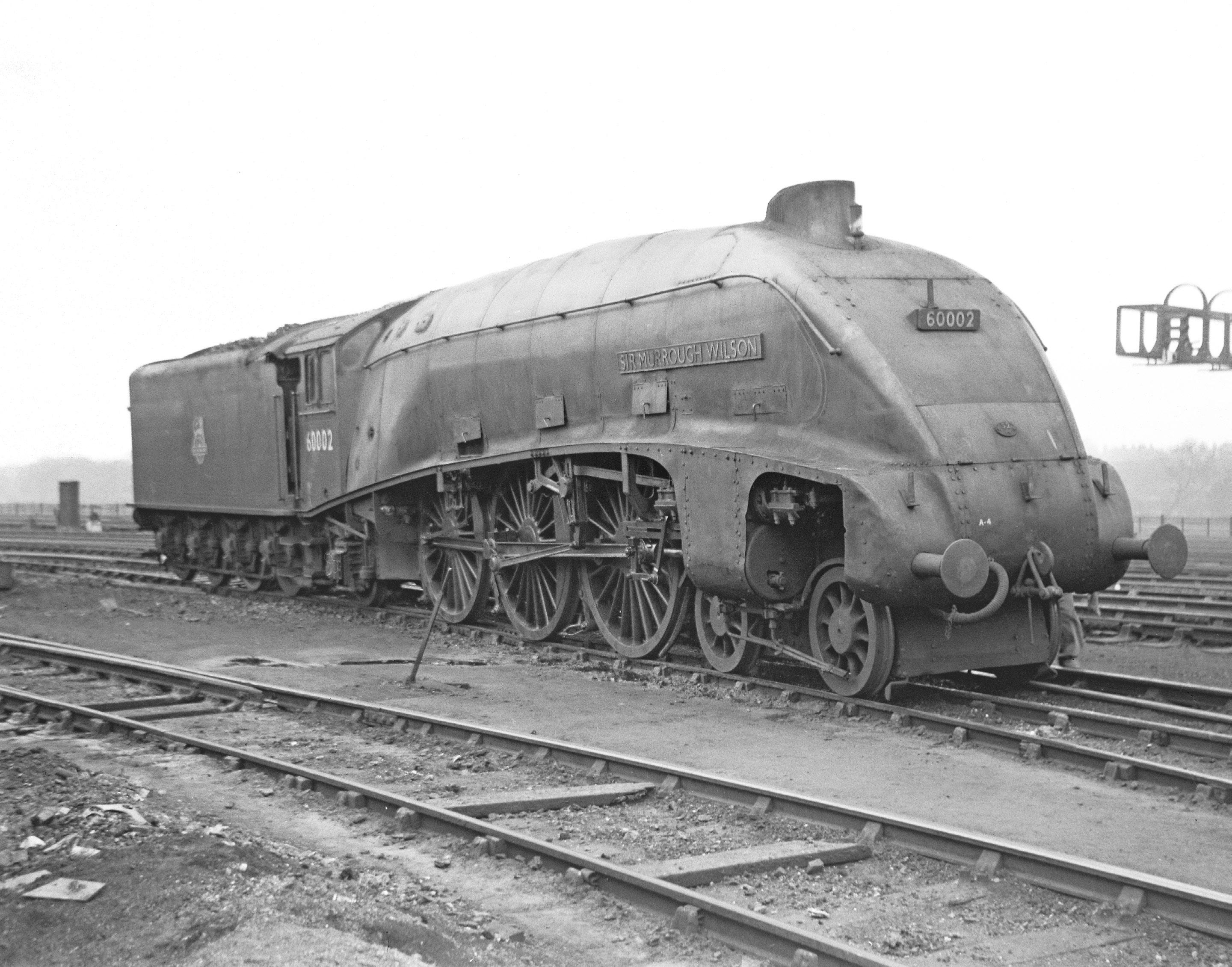
Servicing is clearly in progress here as the covers to the sand boxes are open. Most A4 images show the coupling at the front lifted and placed on the hook itself; unlike other some steam classes on other regions there was no hook under the area of the buffer beam. Notice too at the front there is no steam heat hose. (Leslie Freeman)

From ground level the impressive lines of the A4 are seen to advantage. As the present writer commented with his personal preference for BR livery for the class, in similar fashion the position of the front numberplate breaks up the otherwise large area of ‘smokebox’. No 60003 Andrew K McCosh is in charge of the down ‘Flying Scotsman’ service, at York. On this occasion the front coupling has not been lifted up. The engine name was that of the Chairman of the Locomotive Committee of the LNER and also one of only five directors to serve the company throughout its 25 year existence. No 60003
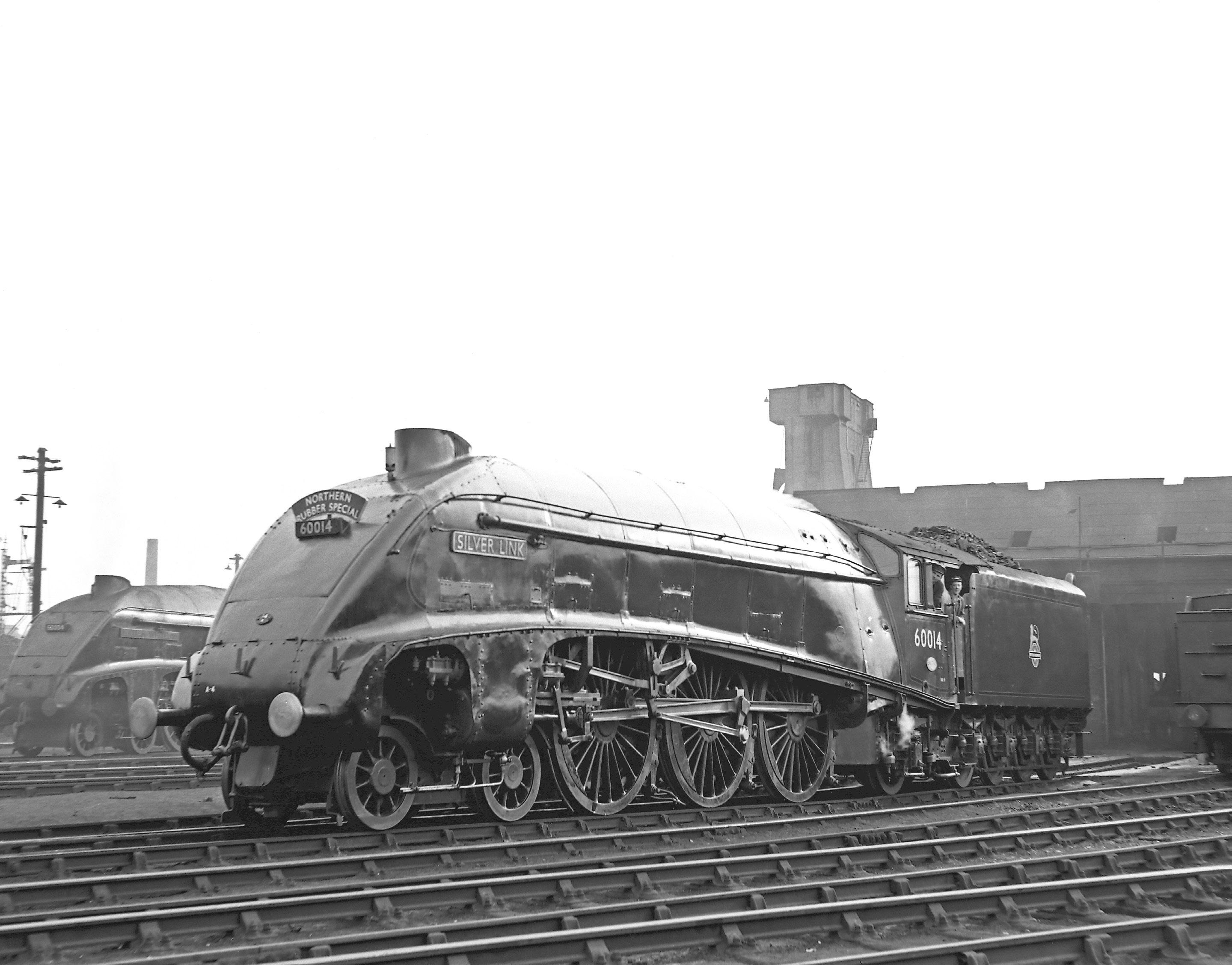
Doyen of the class No 60014 Silver Link. When renumbered by the LNER in 1946 allocated No 14 which in turn became No 60014. Aside from limited spells at Grantham, No 60014 spent its entire life at Kings Cross where it appears it was a particular favourite and kept in clean condition, that is until labour shortages towards the end of steam rendered this impossible to maintain. The engine is seen waiting to haul the ‘Northern Rubber Special’. In the background is sister A4 No. 60004 William Whitelaw.
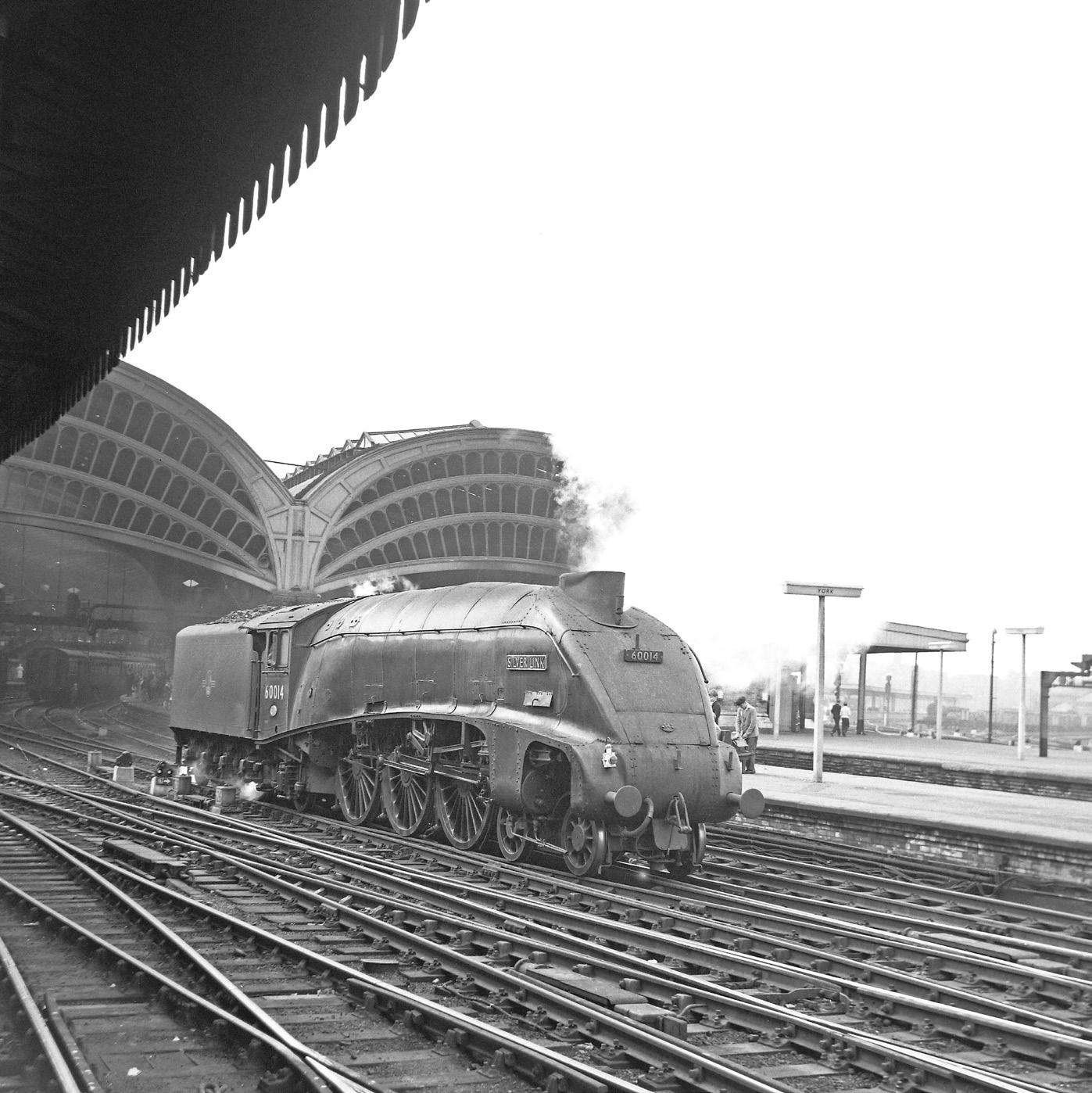
This time at York, light engine on 18 August 1958. As a class the A4s spent a quarter of a century as the lead motive power on the LNER and Eastern Region, as such a longer period than their replacements, the ‘Deltic’ diesel class.
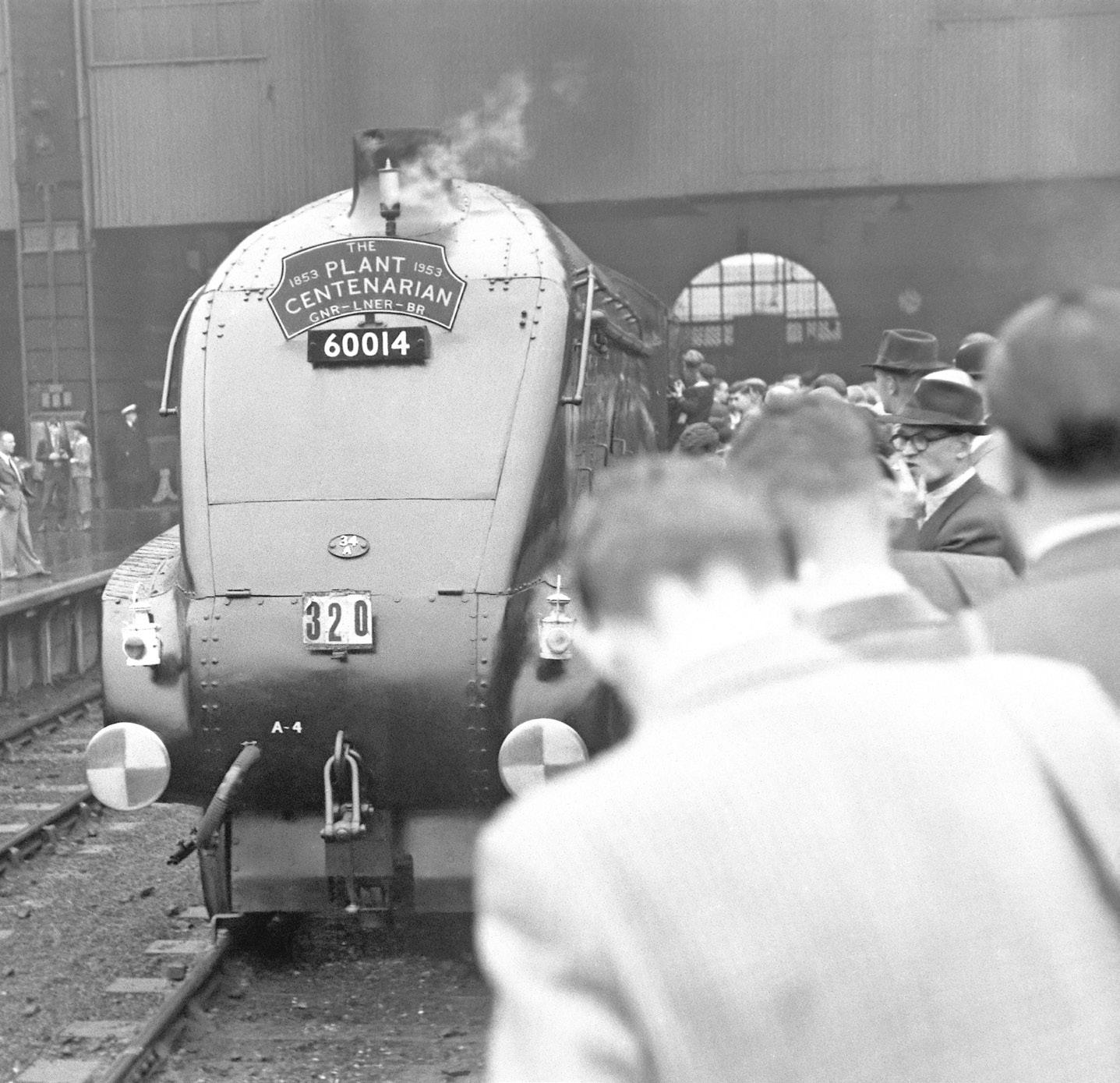
Not surprisingly No 60014 was chosen for the ‘Plant Centenarian’ special of 27 September 1953. This was the return of the special from London (Kings Cross) to Leeds, the up journey having been in the hands of LNER ‘Atlantics’ Nos 251 and 990. Silver Link was under the control of Ted Hailstone, another famed Kings Cross man and reached a maximum of 97mph on two separate occasions. In addition the engine surmounted the summit of Stoke Bank at 70mph, this with a trailing load of 410 tons. The burnished buffers will be noted. Sadly this noteworthy and historic engine was cut up at Doncaster in January 1963 just two weeks after being taken out of service.


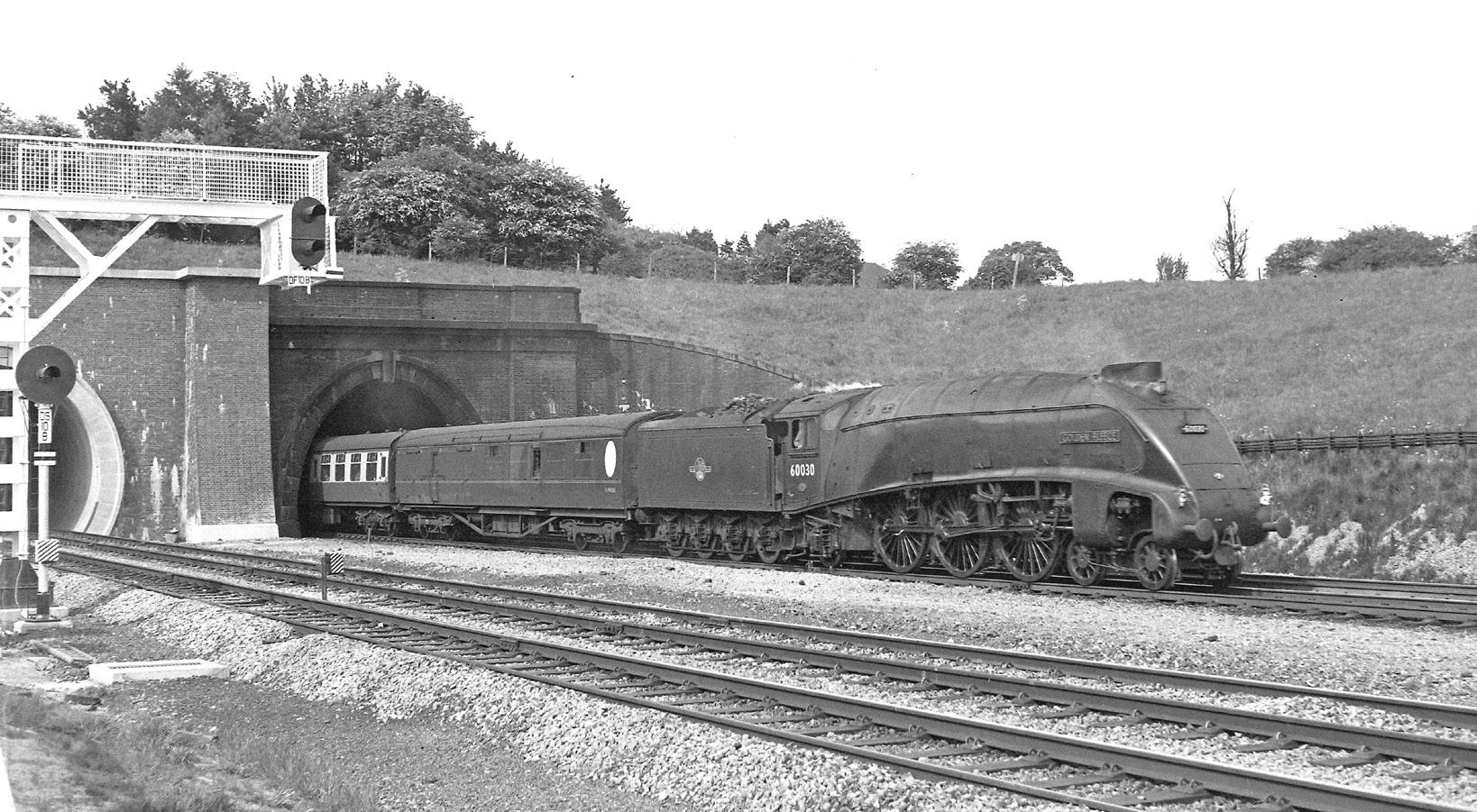
Left Top: No 60030 Golden Fleece has charge of ‘The Tees-Thames’ express. This was a short lived service, 1959-1961 operated between Kings Cross , Middlesbrough and Saltburn. A member of the crew is climbing back on board whilst a solitary spotter seems none too impressed – perhaps he had already seen the same engine several times before. (George Heiron)
Left Bottom: Running on the up fast line at Hadley Wood, the new formation with the down line tunnel on the left. The old bore was 232 yards long, the new one opened in 1959 and was longer at 384 yards. 18 May 1959.
Right: Edinburgh Haymarket and a rose between two thorns perhaps? Not really as all three were fine engines. On the left we have V2 No 60945, centre is of course No 60030 and on the right A1 No 60150 Willbrook dating from 1949 and destined to have the shortest life at 15 years; this compared with the V2 at 22 years and the A4 at 25 years. Incidentally No 60945 was one of the class sent off-region to Swindon for final cutting up. On the front of No 60030 the reverse of the headboard reads, ‘Return to DMPS Kings Cross’.
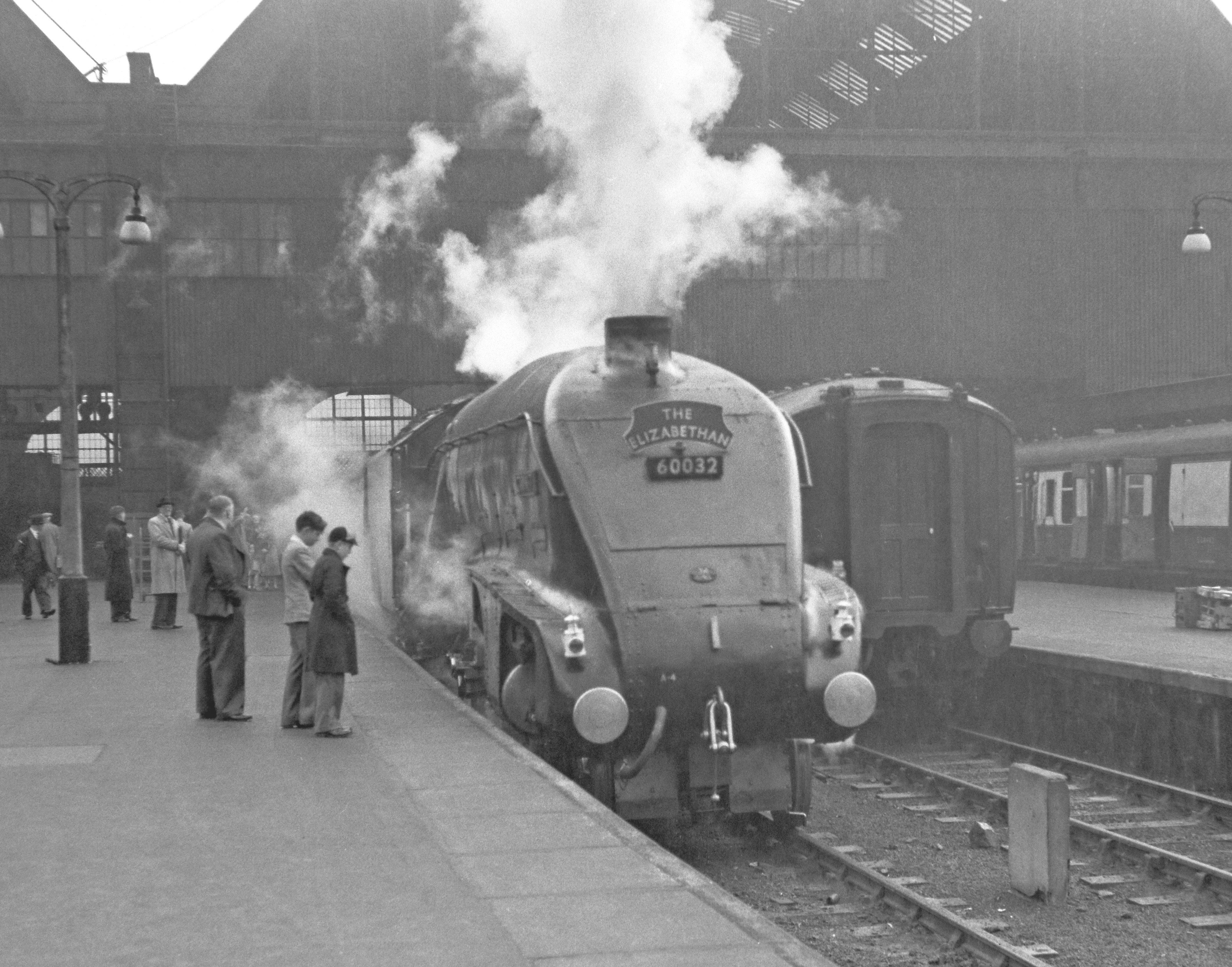
Left: Kings Cross departure for No 60032 Gannet at the head of the down ‘Elizabethan’, complete with polished coupling, cylinder covers and buffers – possibly a VIP was travelling, 9 August 1954. From the number of observers on the platform this would seem to confirm the special working. (Nowadays probably no one would be allowed near the platform on such an occasion without being searched and their identity confirmed.
Right Top: Another named service, ‘The Tees-Tyne Pullman’ recorded near to the Welwyn tunnels at 1.40pm, 10 March 1953. Running between Kings Cross and Newcastle and of course behind steam until the A4 class were displaced by diesels, the service operated from 1948 until as late as 1978. By this time air-conditioned stock was becoming standard and Pullman travel in non-air-conditioned stock was also becoming dated, especially as there was the need for an additional supplementary ticket. In the background notice the splitting colour light signal - the days before ‘feathers’.
Right Bottom: Crossing Selby swing bridge when this was the course of the East Coast main line. The Selby diversion of the 1980s, constructed partly due to fears of mining subsidence in the area meant the main line took a diversion. Selby though still carries railway track but only that leading to Hull. The structure is also listed.
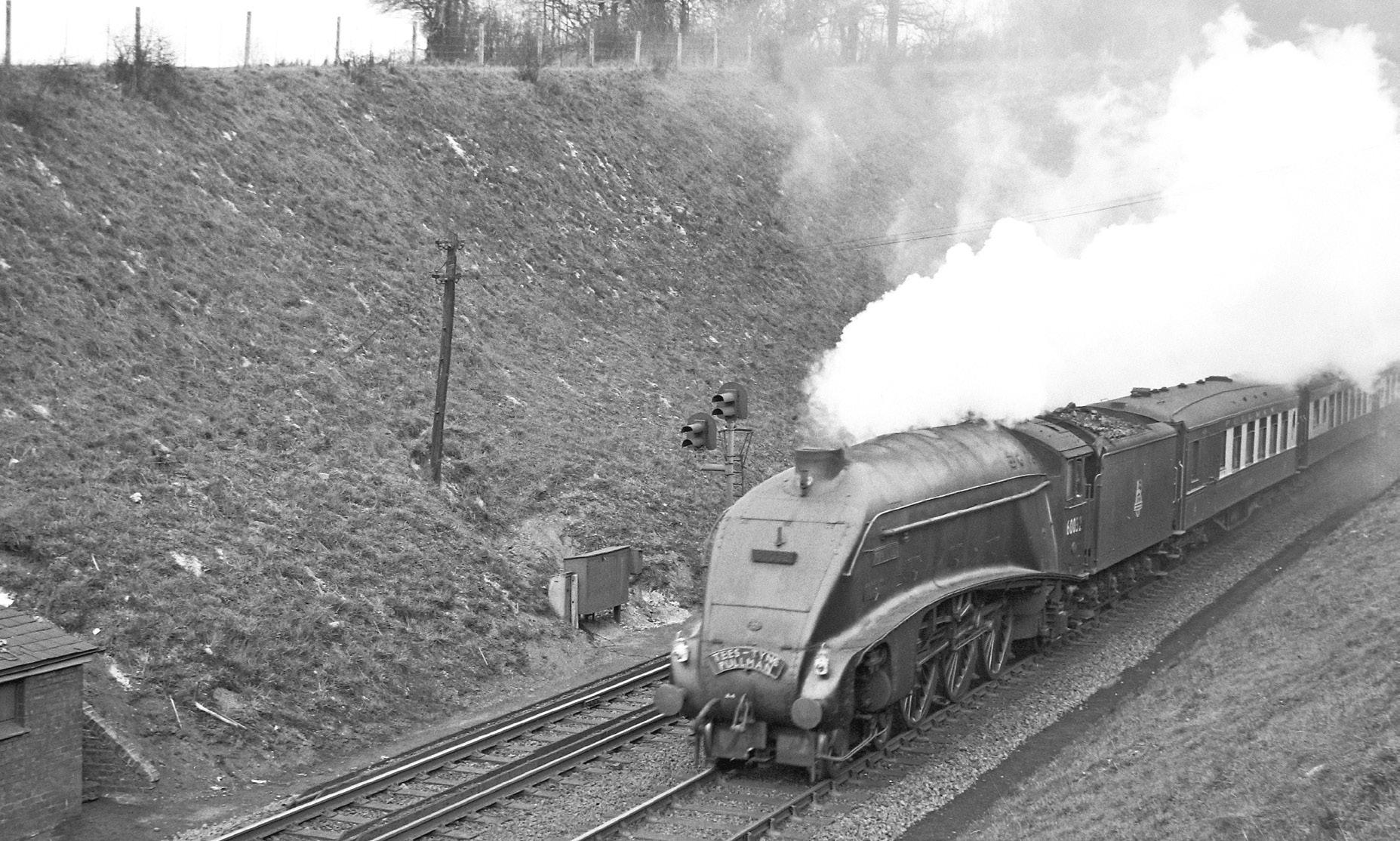


Arguably the most distinctive design of steam locomotive of the 20th century, Sir Nigel Gresley’s A4 class turned heads from their debut in 1935 until the demise of the final examples in 1966. Thirty-one years might seem a relatively short life for such a superbly conceived machine and indeed it was, but steam was then outmoded and yet they continued to work express passenger workings until the very end. In this new book The Transport Treasury are pleased to showcase examples of every member of the class in British Railways days as well as a selection from earlier times. One member of the class also made a lasting impression on the compiler of this work and more than half a century later that story may also be recounted for the first time.
ISBN 978-1-913893-17-0
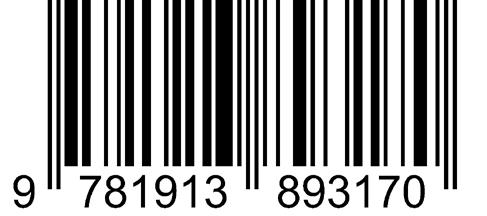
£13.50

